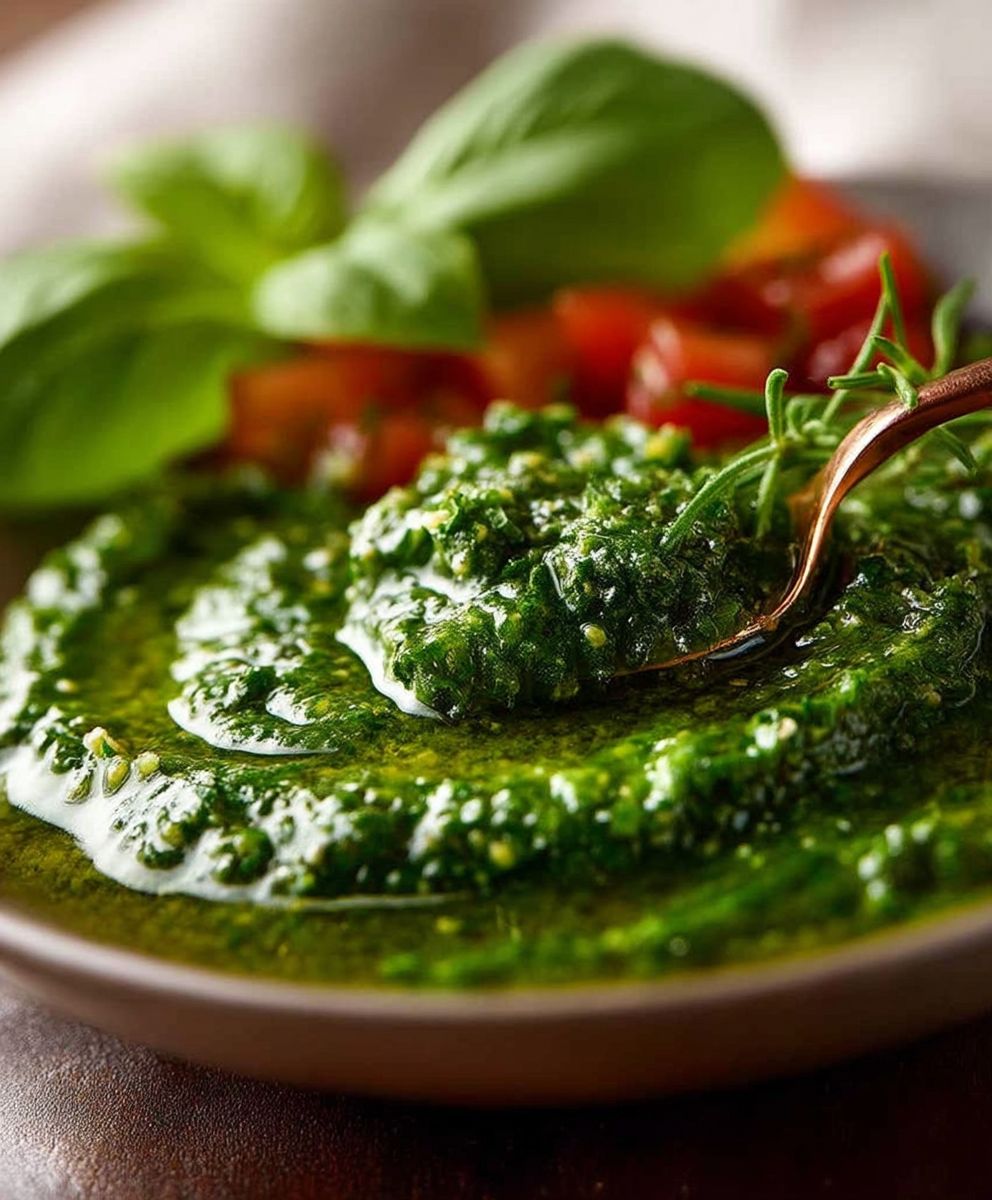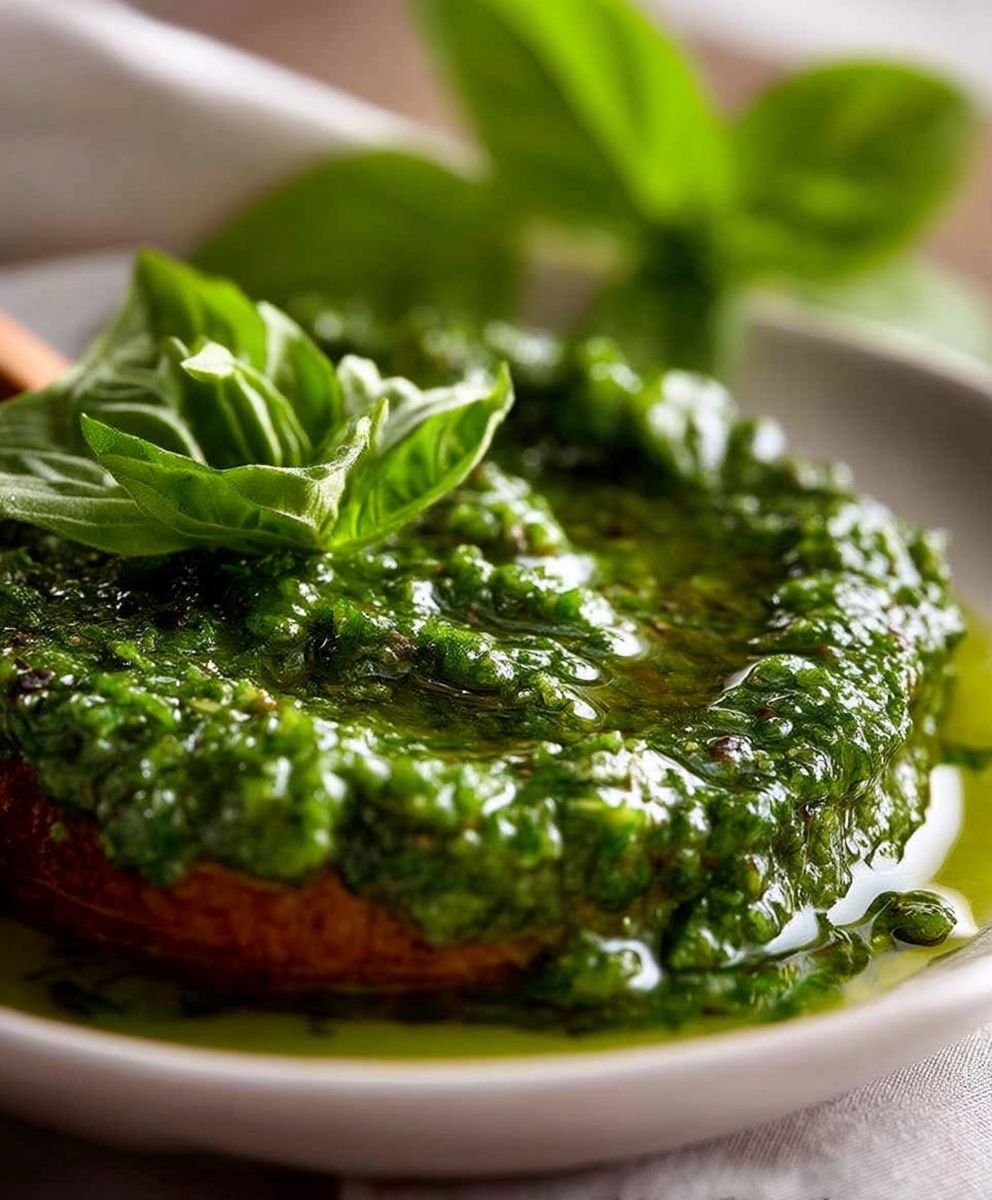Salsa Verde, the vibrant green sauce that sings of summer, is about to become your new culinary obsession. Forget bland condiments; this is a flavor explosion waiting to happen! Imagine the bright, herbaceous notes dancing on your tongue, a symphony of fresh herbs, tangy vinegar, and just the right amount of spice. Are you ready to elevate everything from tacos to grilled chicken with a single, irresistible sauce?
While the exact origins of Salsa Verde are debated, versions of this verdant delight have graced tables for centuries. Some trace it back to ancient Roman sauces, while others credit Mexican traditions with its modern form. Regardless of its precise lineage, one thing is certain: Salsa Verde has stood the test of time because it’s simply delicious and incredibly versatile.
People adore Salsa Verde for its refreshing taste and the incredible ease with which it can be prepared. It’s a welcome departure from heavier, cream-based sauces, offering a light and zesty alternative that complements a wide range of dishes. The combination of fresh herbs like cilantro, parsley, and sometimes mint, along with the acidity of vinegar or lime juice, creates a flavor profile that is both invigorating and satisfying. Plus, it takes only minutes to whip up a batch, making it the perfect condiment for busy weeknights or impromptu gatherings. Get ready to experience the magic of Salsa Verde you won’t be disappointed!
Ingredients:
- 1 pound tomatillos, husked and washed
- 2-4 serrano peppers, stemmed (adjust to your spice preference)
- 1/2 white onion, roughly chopped
- 2-3 cloves garlic, peeled
- 1 cup packed cilantro leaves and tender stems
- 1/4 cup water (more if needed for blending)
- 1 tablespoon lime juice, freshly squeezed
- 1 teaspoon kosher salt, or to taste
- 1/4 teaspoon ground cumin (optional)
- 1 tablespoon olive oil (optional, for roasting)
Preparing the Tomatillos and Peppers:
Okay, let’s get started! The first step is all about prepping our main ingredients: the tomatillos and serrano peppers. This is where we build the foundation of our salsa verde’s flavor.
- Roasting (Optional, but Recommended): I personally prefer roasting the tomatillos and peppers. It adds a depth of flavor that you just can’t get from boiling. Preheat your oven to 400°F (200°C). Toss the tomatillos and serrano peppers with the olive oil (if using) and spread them out on a baking sheet. Roast for about 15-20 minutes, or until the tomatillos are slightly softened and have some blackened spots. The peppers should also be softened and slightly blistered. Keep a close eye on them, as the peppers can blacken quickly.
- Boiling (Alternative Method): If you prefer a brighter, fresher flavor, or if you’re short on time, you can boil the tomatillos and peppers instead. Place the tomatillos and serrano peppers in a saucepan and cover them with water. Bring to a boil, then reduce the heat and simmer for about 5-10 minutes, or until the tomatillos change color from bright green to a duller, olive-green and are slightly softened.
- Cooling: Once the tomatillos and peppers are roasted or boiled, let them cool slightly before handling. This will prevent you from burning your fingers!
Blending the Salsa:
Now for the fun part blending everything together to create our vibrant salsa verde! This is where all the flavors come together in perfect harmony.
- Combining Ingredients: In a blender or food processor, combine the cooled tomatillos, serrano peppers, white onion, garlic cloves, cilantro, water, lime juice, salt, and cumin (if using).
- Blending to Desired Consistency: Blend until smooth or slightly chunky, depending on your preference. I like mine with a little bit of texture, so I usually pulse it a few times rather than blending it completely smooth. Be careful not to over-blend, as this can make the salsa bitter.
- Adjusting Consistency: If the salsa is too thick, add a little more water, one tablespoon at a time, until you reach your desired consistency. Remember, you can always add more water, but you can’t take it away!
- Taste and Adjust Seasoning: This is the most important step! Taste the salsa and adjust the seasoning as needed. You might want to add more salt, lime juice, or serrano pepper, depending on your taste. If it’s too spicy, you can add a little more tomatillo or onion to balance it out.
Serving and Storage:
Almost there! Now that our salsa verde is ready, let’s talk about how to serve it and store it properly.
- Serving Suggestions: Salsa verde is incredibly versatile! You can serve it with tortilla chips, tacos, enchiladas, grilled meats, eggs, or anything else you can think of. It’s also a great addition to soups and stews. I love using it as a marinade for chicken or fish.
- Chilling: For the best flavor, chill the salsa verde in the refrigerator for at least 30 minutes before serving. This allows the flavors to meld together and develop even further.
- Storage: Store leftover salsa verde in an airtight container in the refrigerator for up to 5 days. The color may fade slightly over time, but the flavor will still be delicious. You can also freeze salsa verde for longer storage. Just thaw it in the refrigerator overnight before using.
Tips and Variations:
Want to customize your salsa verde? Here are a few tips and variations to try:
- Spice Level: The number of serrano peppers you use will determine the spice level of your salsa. Start with 2 peppers and add more to taste. Remember that the heat can intensify as the salsa sits. You can also use jalapeño peppers for a milder flavor.
- Herb Variations: While cilantro is the traditional herb used in salsa verde, you can experiment with other herbs like parsley, oregano, or even a little bit of mint.
- Adding Avocado: For a creamier salsa verde, add half an avocado to the blender. This will give it a rich and decadent texture.
- Roasting vs. Boiling: As I mentioned earlier, roasting the tomatillos and peppers adds a smoky depth of flavor. Boiling them results in a brighter, fresher taste. Try both methods and see which one you prefer!
- Garlic: Some people prefer to roast the garlic cloves along with the tomatillos and peppers. This mellows out the garlic flavor and adds a touch of sweetness.
- Sweetness: If you find the salsa too acidic, you can add a pinch of sugar or a small piece of fruit, like a green apple or a pear, to balance the flavors.
- Texture: If you prefer a smoother salsa, you can strain it through a fine-mesh sieve after blending. This will remove any seeds or skins and result in a silky-smooth texture.
Troubleshooting:
Sometimes things don’t go exactly as planned. Here are a few common problems and how to fix them:
- Salsa is too bitter: This can happen if you over-blend the salsa or if the tomatillos are not ripe enough. Try adding a pinch of sugar or a small piece of fruit to balance the flavors. You can also add a little more lime juice.
- Salsa is too watery: This can happen if you add too much water. Try adding a little more tomatillo or onion to thicken it up. You can also let the salsa sit in the refrigerator for a while, which will allow some of the excess water to evaporate.
- Salsa is too spicy: This is a common problem! Try adding a little more tomatillo, onion, or lime juice to balance the heat. You can also add a pinch of sugar or a small piece of fruit. If all else fails, you can dilute the salsa with a little bit of water or tomato juice.
- Salsa is too bland: This usually means it needs more salt or lime juice. Add a little bit at a time, tasting as you go, until you reach your desired flavor. You can also add a pinch of cumin or other spices to add more depth of flavor.
Nutritional Information (Approximate):
Please note that the nutritional information is an estimate and can vary depending on the specific ingredients you use.
- Serving Size: 2 tablespoons
- Calories: Approximately 20-30
- Fat: 1-2 grams
- Sodium: 100-150 milligrams
- Carbohydrates: 2-3 grams
- Protein: Less than 1 gram
Why This Recipe Works:
This recipe is a winner because it’s all about fresh, high-quality ingredients and simple techniques. Roasting the tomatillos and peppers (though optional) really elevates the flavor, adding a smoky depth that’s hard to resist. The balance of acidity from the tomatillos and lime juice, the heat from the serrano peppers, and the freshness from the cilantro creates a complex and satisfying salsa that’s perfect for any occasion. Plus, it’s so easy to customize to your own taste preferences!
Equipment You’ll Need:
- Blender or Food Processor
- Baking Sheet (if roasting)
- Saucepan (if boiling)
- Knife
- Cutting Board
- Measuring Cups and Spoons
- Airtight Container for Storage
Ingredient Sourcing Tips:
The quality of your ingredients will directly impact the flavor of your salsa verde. Here are a few tips for sourcing the best ingredients:
- Tomatillos: Look for tomatillos that are firm and bright green. Avoid tomatillos that are soft, wrinkled, or have brown spots. The husk should be papery and dry.
- Serrano Peppers: Choose serrano peppers that are firm, smooth, and bright green. Avoid peppers that are soft, wrinkled, or have blemishes.
- 1 pound tomatillos, husked and washed
- 2-4 serrano peppers, stemmed (adjust to your spice preference)
- 1/2 white onion, roughly chopped
- 2-3 cloves garlic, peeled
- 1 cup packed cilantro leaves and tender stems
- 1/4 cup water (more if needed for blending)
- 1 tablespoon lime juice, freshly squeezed
- 1 teaspoon kosher salt, or to taste
- 1/4 teaspoon ground cumin (optional)
- 1 tablespoon olive oil (optional, for roasting)
- Roasting (Optional, but Recommended): Preheat oven to 400°F (200°C). Toss tomatillos and serrano peppers with olive oil (if using) and spread on a baking sheet. Roast for 15-20 minutes, or until tomatillos are slightly softened and have some blackened spots. Peppers should also be softened and slightly blistered.
- Boiling (Alternative Method): Place tomatillos and serrano peppers in a saucepan and cover with water. Bring to a boil, then reduce heat and simmer for 5-10 minutes, or until tomatillos change color from bright green to a duller, olive-green and are slightly softened.
- Cooling: Let the tomatillos and peppers cool slightly before handling.
- Combining Ingredients: In a blender or food processor, combine the cooled tomatillos, serrano peppers, white onion, garlic cloves, cilantro, water, lime juice, salt, and cumin (if using).
- Blending to Desired Consistency: Blend until smooth or slightly chunky, depending on your preference. Pulse a few times for a textured salsa. Be careful not to over-blend.
- Adjusting Consistency: If the salsa is too thick, add a little more water, one tablespoon at a time, until you reach your desired consistency.
- Taste and Adjust Seasoning: Taste the salsa and adjust the seasoning as needed. You might want to add more salt, lime juice, or serrano pepper, depending on your taste. If it’s too spicy, you can add a little more tomatillo or onion to balance it out.
- Serving Suggestions: Serve with tortilla chips, tacos, enchiladas, grilled meats, eggs, or anything else you can think of. It’s also a great addition to soups and stews. I love using it as a marinade for chicken or fish.
- Chilling: For the best flavor, chill the salsa verde in the refrigerator for at least 30 minutes before serving. This allows the flavors to meld together and develop even further.
- Storage: Store leftover salsa verde in an airtight container in the refrigerator for up to 5 days. The color may fade slightly over time, but the flavor will still be delicious. You can also freeze salsa verde for longer storage. Just thaw it in the refrigerator overnight before using.
- Spice Level: Adjust the number of serrano peppers to your preference.
- Roasting vs. Boiling: Roasting adds a smoky flavor, while boiling results in a brighter, fresher taste.
- Texture: Blend to your desired consistency, from smooth to chunky.
- Troubleshooting: Refer to the “Troubleshooting” section in the original text for tips on fixing common problems like bitterness, wateriness, or spiciness.
- Herb Variations: While cilantro is the traditional herb used in salsa verde, you can experiment with other herbs like parsley, oregano, or even a little bit of mint.
- Adding Avocado: For a creamier salsa verde, add half an avocado to the blender. This will give it a rich and decadent texture.
- Garlic: Some people prefer to roast the garlic cloves along with the tomatillos and peppers. This mellows out the garlic flavor and adds a touch of sweetness.
- Sweetness: If you find the salsa too acidic, you can add a pinch of sugar or a small piece of fruit, like a green apple or a pear, to balance the flavors.
- Texture: If you prefer a smoother salsa, you can strain it through a fine-mesh sieve after blending. This will remove any seeds or skins and result in a silky-smooth texture.

Conclusion:
This Salsa Verde recipe isn’t just another condiment; it’s a vibrant, flavorful experience waiting to happen. From the bright tang of the tomatillos to the herbaceous punch of the cilantro and parsley, every ingredient works in perfect harmony to create a sauce that’s both refreshing and deeply satisfying. I truly believe this will become a staple in your kitchen, adding a burst of sunshine to countless meals.
Why is it a must-try? Because it’s incredibly versatile, ridiculously easy to make, and tastes absolutely divine! Forget those bland, store-bought salsas this homemade version is bursting with fresh, authentic flavor that you simply can’t replicate. It’s the kind of recipe that will have your friends and family begging for more, and you’ll be proud to say you made it yourself. Plus, it’s naturally gluten-free and vegan, making it a crowd-pleaser for everyone.
But the best part? The possibilities are endless! While I love serving this Salsa Verde with grilled chicken or fish, it’s equally delicious spooned over tacos, enchiladas, or even scrambled eggs for a zesty breakfast. Imagine drizzling it over roasted vegetables for an extra layer of flavor, or using it as a marinade for your favorite meats. You can even thin it out with a little extra lime juice and olive oil to create a vibrant salad dressing.
Here are a few serving suggestions and variations to get you started:
* Spice it up: Add a serrano pepper or two for an extra kick. Remember to remove the seeds and membranes if you prefer a milder heat.
* Creamy Salsa Verde: Blend in half an avocado for a richer, creamier texture. This is especially delicious with tortilla chips.
* Roasted Tomatillo Salsa Verde: Roast the tomatillos and peppers before blending for a deeper, smokier flavor.
* Fruit Salsa Verde: Add diced mango or pineapple for a sweet and tangy twist. This is perfect with grilled pork or fish.
* Serve with: Grilled steak, carnitas, fish tacos, breakfast burritos, quesadillas, nachos, roasted vegetables, or simply with tortilla chips.
Don’t be afraid to experiment and make this recipe your own! Adjust the ingredients to suit your taste preferences and get creative with your serving suggestions. I’m confident that once you try this Salsa Verde, you’ll be hooked. It’s the perfect way to add a touch of freshness and flavor to any meal.
So, what are you waiting for? Gather your ingredients, fire up your blender, and get ready to experience the magic of homemade Salsa Verde. I can’t wait to hear what you think! Please, try this recipe and share your experience in the comments below. Let me know what variations you tried, what you served it with, and how much you loved it! Your feedback is invaluable, and I’m always eager to learn from your culinary adventures. Happy cooking!
Salsa Verde: The Ultimate Guide to Making Authentic Green Salsa
Vibrant salsa verde with tomatillos, serranos, cilantro, and lime. Great with chips, tacos, or as a marinade!





Leave a Comment